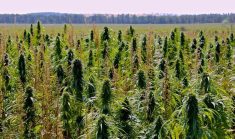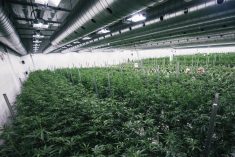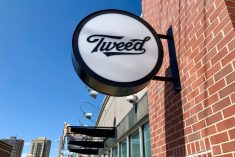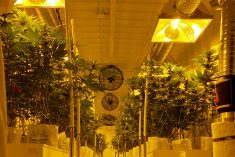CNS Canada — As cannabis basks in the glow of the first day of its legalized recreational sale, its close cousin hemp is coming through its own year of change.
Ted Haney, executive director of the Canadian Hemp Trade Alliance, said hemp growers are going through a year in which they are learning how to work with new rules brought in this August.
Those rules permit hemp growers to sell hemp plants’ leaves, buds and flowers, which in the past they would have blown out the backs of their combines as chaff.
Read Also
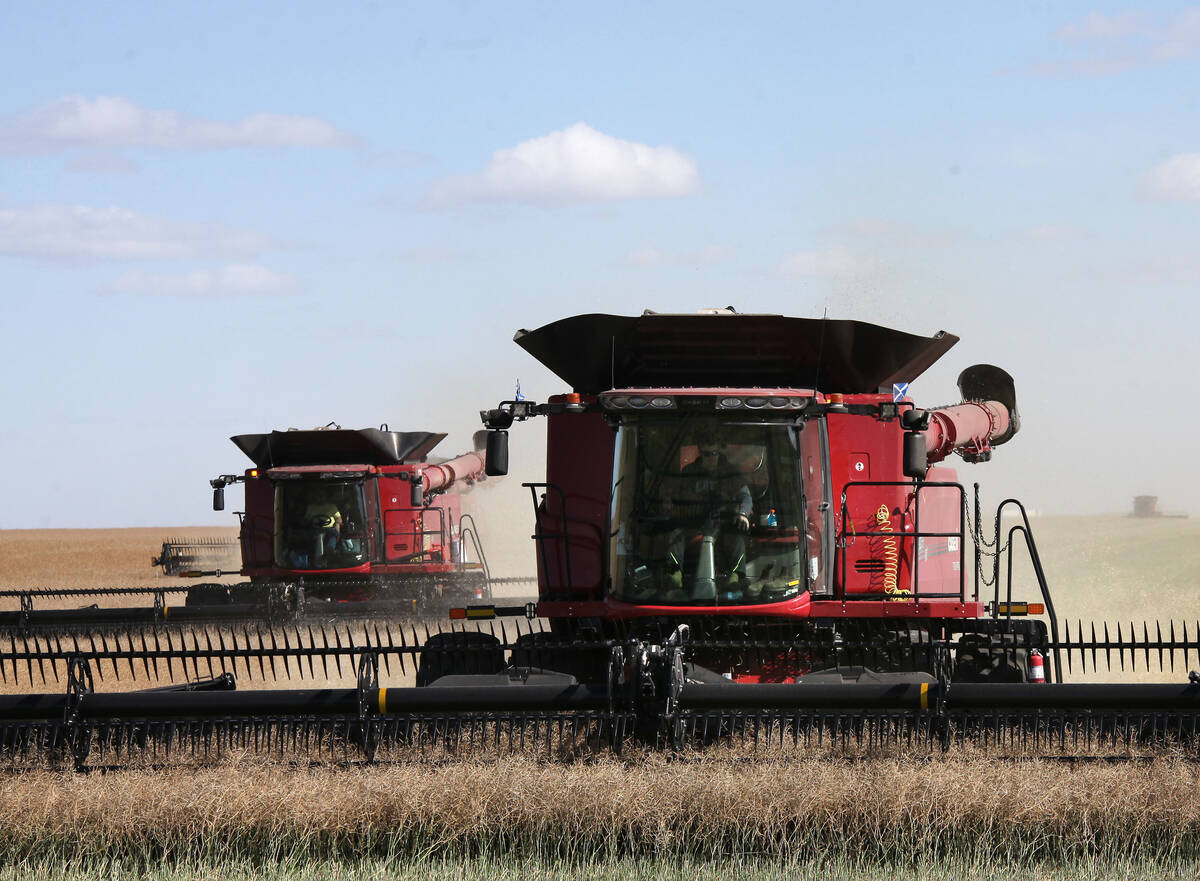
Notable changes in exports to China, India
China and India figured prominently in the September export data issued by the Canadian Grain Commission on Nov. 7. For the most part, the CGC’s numbers highlighted issues with grain, oilseed and pulse exports from licensed facilities to those countries.
The next step, Haney said, is getting government to remove the restrictions that require these products to be handled only by licensed dealers.
Hemp-derived cannabidiol (CBD) should be handled differently than the product containing THC, but Health Canada currently treats them the same, he said.
“Yet the risk profiles of the products are so dramatically different that it, from our perspective, is not a common-sense approach,” he said.
“So that’s a very narrow, very conservative and very risk-adverse, precautionary principle approach to regulation.”
The common sense approach would allow for CBD extraction in both streams, he said, with hemp-derived CBD to be guided by regulations for food and supplements.
Oct. 17 marks the first day on which hemp growers have been allowed to deliver the buds, flowers and leaves they collected, as regulations surrounding the legalization of recreational cannabis take effect.
Growers are permitted to sell those products only to licensed processors certified to handle regular cannabis, even though hemp contains less than 0.3 per cent THC, the chemical that produces the high effect.
“There were several large, small and medium producers who did harvest the chaff this year. Others are still in harvest as we speak because of the snow and the rain,” said Haney.
The leaf, bud and flower parts of the plant are sought after for their CBD, or cannabidiol, a naturally occurring compound in hemp.
The term cannabinoid refers to several naturally occurring compounds in the plants, including cannabidiol and THC. CBD is used in medical marijuana, in combination with THC, in drops and other delivery forms to treat pain, anxiety, as a sleep aid and as an anti-inflammatory.
Hemp-derived CBD is used as a health food ingredient, with no specific health claims, in bars, supplements, cereals and other products.
Haney said the lengthy and expensive process for processors to get proper licensing, and the added security costs required for producers and processors of THC-containing products, are unnecessary for the hemp-derived products.
The hemp industry, he said, plans to make its position clear during Health Canada’s public consultation period on cannabis edibles, which are slated to become legal next year.
Meanwhile, this year’s hemp harvest was a patchwork affair, with areas in the south under irrigation producing good crops. Producers in those areas were also fortunate enough to get their harvest in before the heavy rain and snow hit in September.
Areas north of Highway 16 are a different story, Haney said. A lot of hemp remains standing in fields in those regions.
As well, the growing season was marked with spotty rains and drought, he said.
“Overall, I think the crop is going to be somewhat down, assuredly so, because of the difficult harvest.”
— Terry Fries writes for Commodity News Service Canada, a Glacier FarmMedia company specializing in grain and commodity market reporting.
Table: Hemp seeded acreage for 2017
| Sask. | 56,241 |
| Alta. | 44,684 |
| Man. | 29,682 |
| Que. | 5,036 |
| Ont. | 1,171 |
| N.B. | 501 |
| B.C. | 198 |
| N.S. | 193 |
| P.E.I. . | 126 |
Source: Canadian Hemp Trade Alliance



